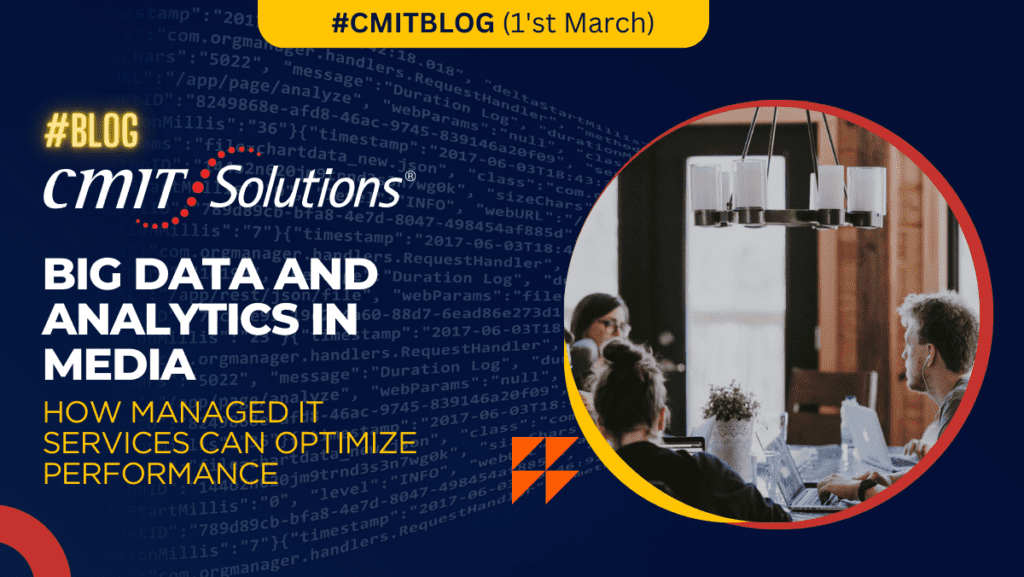Introduction
In today’s fast-paced digital age, data has emerged as the new currency that drives innovation and decision-making across various industries. The media sector is no exception, where data analytics has revolutionized the way content is produced, distributed, and consumed. The integration of data analytics in media has opened up a plethora of opportunities, enabling media professionals to understand their audiences better, deliver personalized content, and optimize business strategies. In this blog post, we will explore the impact of data analytics on the media industry, its significance in shaping the media landscape, and how it continues to evolve in our constantly changing world.
1. Understanding Audience Behavior
Data analytics has given media companies invaluable insights into audience behavior, preferences, and interests. Through various tracking tools, media organizations can collect data on how audiences engage with their content, which articles are most read, videos most watched, and user interactions on social media platforms. These data points enable media professionals to develop content strategies that cater precisely to their target audiences, enhancing user engagement and retention.
2. Personalization and Recommendations
One of the most significant advantages of data analytics in media is the ability to deliver personalized content and recommendations. Media platforms now employ sophisticated algorithms that analyze user behavior and preferences to offer tailored content suggestions. This personalization not only improves user experience but also boosts the chances of content consumption, leading to increased ad revenue and brand loyalty.
3. Optimizing Content Distribution
With the vast amount of data available, media companies can now optimize their content distribution strategies. By analyzing data on the best-performing channels, regions, and timing for content delivery, media professionals can maximize their reach and impact. This data-driven approach helps media organizations allocate resources effectively and achieve better results from their promotional efforts.
4. Data-Driven Journalism
Data analytics has also played a pivotal role in modernizing journalism. Data-driven journalism involves analyzing vast datasets to uncover hidden patterns, trends, and stories that might not be evident at first glance. It has led to groundbreaking investigative reporting and has become an essential tool in verifying facts and debunking misinformation. Data-driven journalism empowers media outlets to deliver accurate, evidence-based stories that resonate with their audiences.
5. Advertising and Revenue Generation
Data analytics has transformed the advertising landscape in the media industry. By leveraging data on user preferences, behavior, and demographics, advertisers can deliver targeted ads to the right audiences, maximizing their impact and ROI. This data-driven approach to advertising not only benefits advertisers but also ensures that users receive relevant ads that align with their interests. As a result, media companies can boost their ad revenue while maintaining a positive user experience.
6. Real-Time Analytics and Social Media
The rise of social media has further emphasized the importance of real-time data analytics in the media industry. Social media platforms provide a wealth of data on trending topics, discussions, and user sentiment. Media organizations can leverage this real-time data to identify breaking news, respond to emerging trends, and engage with their audiences actively. Social media analytics also allow media outlets to measure the impact of their content and campaigns instantly, adapting strategies on the fly.
Conclusion
Data analytics has undoubtedly become a game-changer in the media industry. Its integration has empowered media professionals to understand their audiences better, personalize content, optimize distribution, and make data-driven decisions. By harnessing the power of data, media companies can stay relevant and competitive in an ever-evolving landscape. As technology advances and data analytics tools become more sophisticated, we can expect further innovations in how media organizations leverage data to create impactful, user-centric experiences. The future of media lies in the hands of those who can embrace data analytics and use it as a guiding light to navigate through the complexities of the digital age.





